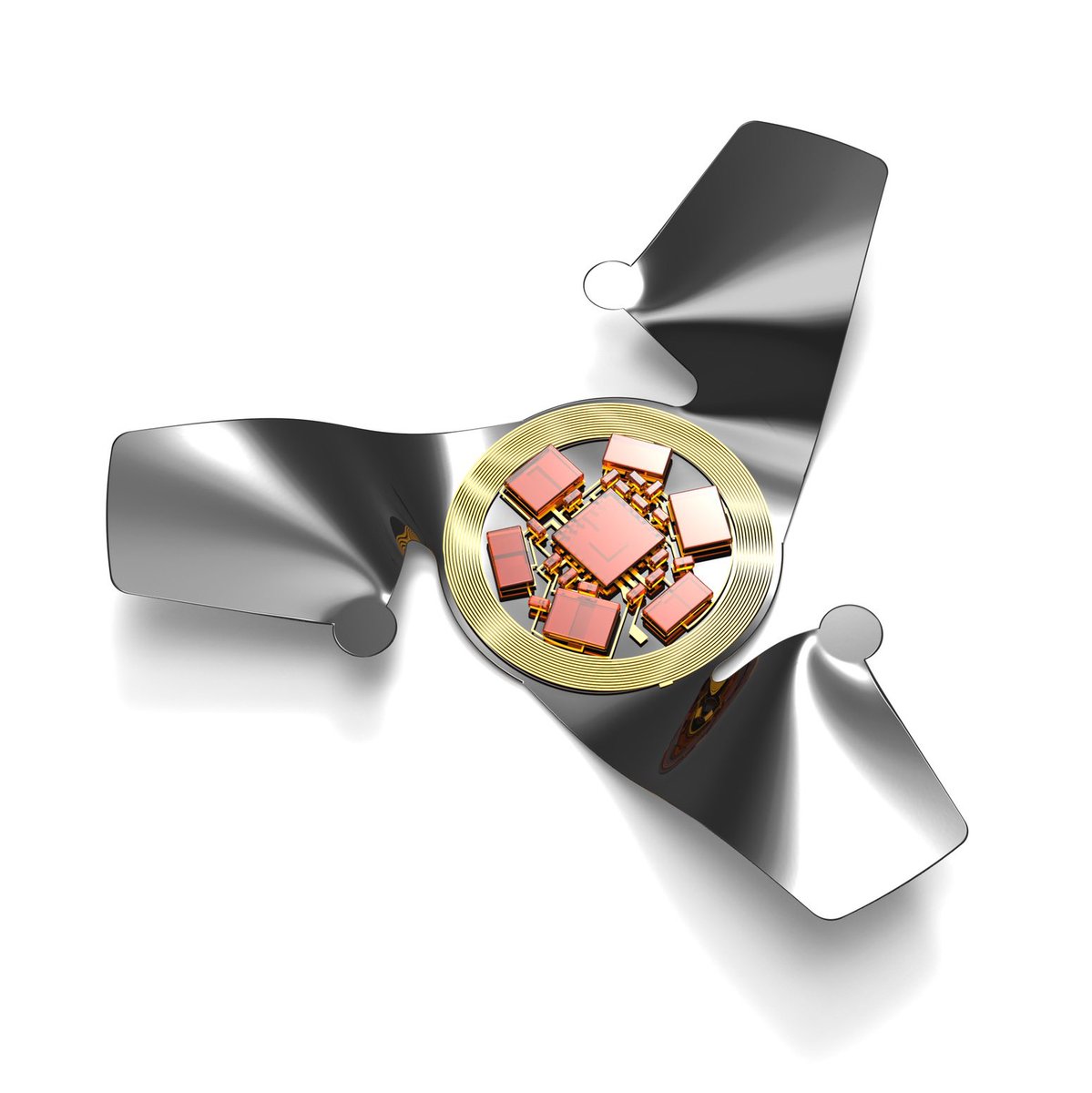
“The goal…has been to add capability for winged flight to electronic circuit chips…the idea being those capabilities would allow us to distribute highly functional miniaturized electronic devices that can sense the environment; for disease tracking, population surveillance…”
The design is based on the samara of the maple tree.
“The creators foresee microfliers becoming part of ‘large, distributed collections of miniaturized, wireless electronic devices.’ In other words, they could look like a swarm.”


“The creators foresee microfliers becoming part of ‘large, distributed collections of miniaturized, wireless electronic devices.’ In other words, they could look like a swarm.”



This technology can be broadcast over an area in order to collect information using a variety of sensors. A self powered, connected and communicating microswarm that can sense almost everything about an environment - invisible eyes and ears. 







We’re seeing this version of the tech because they already have something more advanced - similar to the self replicating nanotechnology ‘grey goo scenario’ Eric Drexler warned about in his 1986 book ‘The Engines of Creation’.
“they could spread like blowing pollen…”



“they could spread like blowing pollen…”




Michael Crichton was so concerned w/ this technology that he wrote an entire novel about it in 2002. What happens when things don’t go as planned or when it falls into the wrong hands?
“Life expands to new territories. Painfully, perhaps even dangerously. But life finds a way.”



“Life expands to new territories. Painfully, perhaps even dangerously. But life finds a way.”




Sounds crazy right? It’s already happening.
“…these computer-designed and hand-assembled organisms can swim out into their tiny dish, find single cells, gather hundreds of them together, and assemble ‘baby’ Xenobots…just like themselves.” #smartdust
wyss.harvard.edu/news/team-buil…
“…these computer-designed and hand-assembled organisms can swim out into their tiny dish, find single cells, gather hundreds of them together, and assemble ‘baby’ Xenobots…just like themselves.” #smartdust
wyss.harvard.edu/news/team-buil…
• • •
Missing some Tweet in this thread? You can try to
force a refresh







